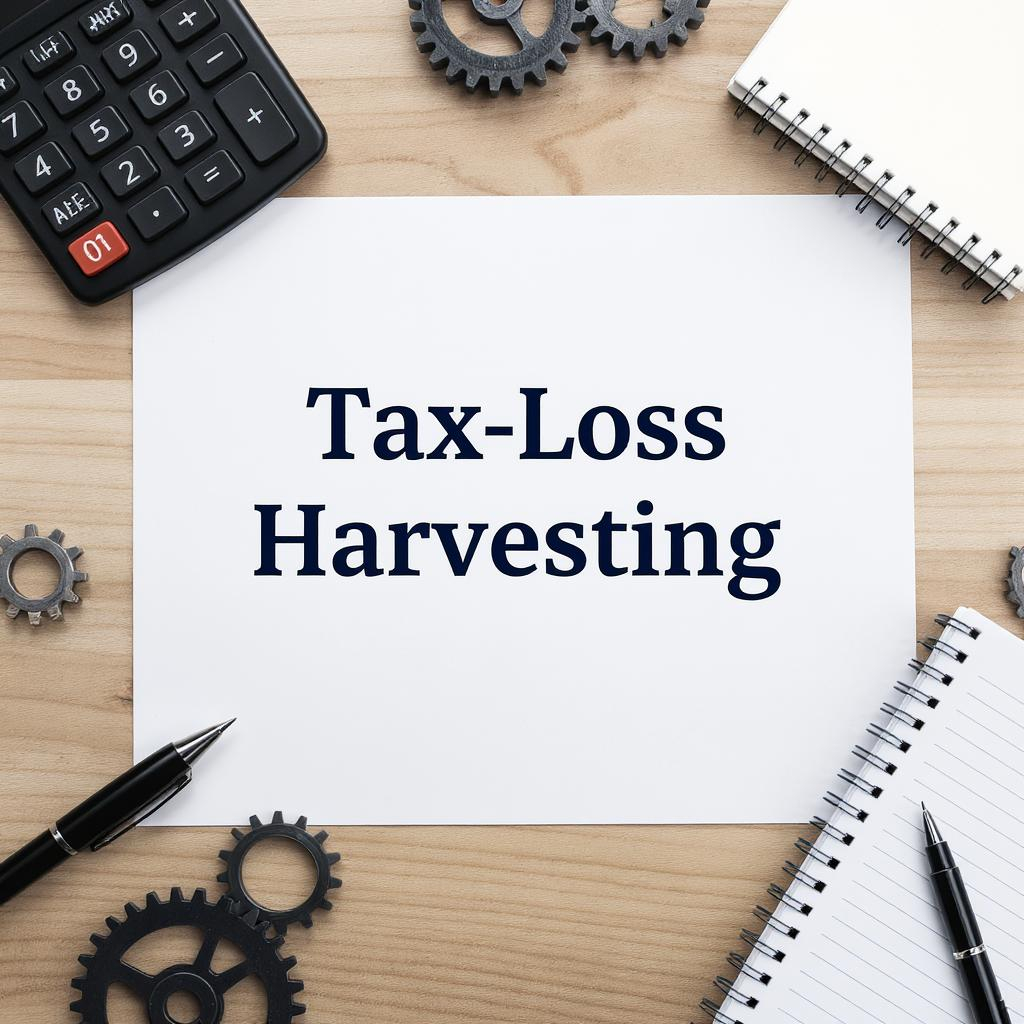For many successful executives, entrepreneurs, and long-term investors, a concentrated stock position is a testament to their hard work and success. It’s also a paradox: a source of tremendous wealth that can feel impossible to diversify without facing a devastating tax bill.
If you’ve built substantial equity through stock options, inherited a large position, or simply held a winning investment for years, the question remains: How do you break free and reduce your risk without triggering massive tax consequences?
Traditional tax-loss harvesting often falls short when dealing with positions that have substantial embedded gains. When your cost basis is near zero and your wealth is tied up in a single stock, the conventional wisdom of “just sell and diversify” is financially devastating.




